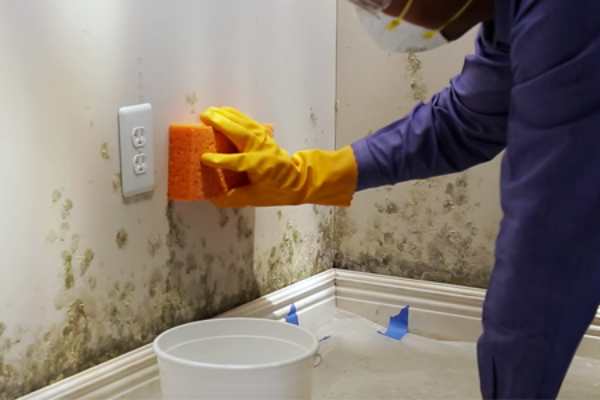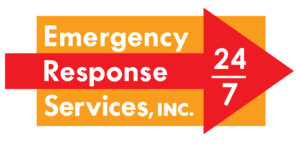
As a homeowner, you want your property to look and feel its best. Nuisance issues such as mold not only pose health concerns, but also detract from the appearance of the home. Thus when you find spores growing, a common question to ask is: can you remove mold yourself?
The answer will depend on the circumstances and severity of the fungal invasion. After all, mold exists everywhere due to moisture. A good rule of thumb for answering if you can remove mold yourself is that if you find spores on building materials such as drywall, subflooring, studs, or elsewhere, and the area extends beyond ten square feet, it’s time to seek help from a professional mold remediation company such as ERSI.
Is it Safe to Remove Mold?
If in doubt, mold removal and remediation is best left to a professional. However, there are some instances in which you can safely remove mold yourself. This may be true if:
- The spores are contained to a small area.
- The mold is growing on hard, wipeable surfaces such as glass, metal, tile, porcelain, etc.
- The mold is growing on a surface that can be replaced (ex. Carpet).
- You are healthy with no underlying health problems that could be triggered by mold exposure.
If your mold meets the criteria above, you’re not in the clear just yet. You’ll also want to properly protect yourself with adequate clothing for the task at hand. Be sure to don gloves, goggles, and loose clothes before attempting to answer the question can you remove mold yourself.
What Kills Mold?
To effectively rid your property of mold, you’ll need a strong cleaning product. While bleach may be the first chemical you turn to, it is not recommended for DIY mold remediation. Rather than killing the spores, it simply changes their color from black mold to white or grey.
Instead, opt for borax on hard, non-porous surfaces. The white powder can be mixed in a gallon of hot water, applied to the mold, and scrubbed with a brush. Best of all, you won’t need to rinse off the borax. Do note that borax should not be used on drywall and other porous surfaces.
Alternatively, baking soda, vinegar, peroxide, detergent, and tea tree oil are efficient at combatting mold.
In addition to addressing the surface mold concerns, you’ll need to eliminate the source of the moisture. For bathroom mold, run the fan or open windows while showering. Dry sinks after dish washing. Dry out basements.
Proper Remediation of Mold
Once you are suited up and armed with a mold killer, you’ll want to take careful consideration to perform proper remediation of mold. Begin by applying your chemicals. Scrub the surface before leaving the cleaner to dwell and settle in. Come back and wipe the cleaner away. Ventilate the vicinity to dry the surface and prevent increased moisture in the air.
Be sure to avoid cross-contamination. Contain the affected areas before cleaning and dispose of all materials afterwards. With the initial visible spores and moisture source removed, you should be successful with answering the question can you remove mold yourself. However, should the mold return, it is highly likely you will need to seek professional mold removal and mold remediation services.

